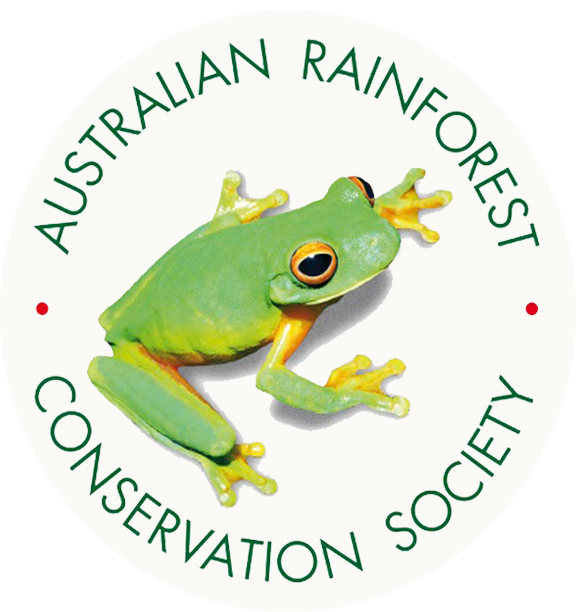 |
Save the Greater Glider from logging |
| Home | Habitat maps | SEQ Forests Agreement | Western Hardwoods Area | Intensive logging | Queensland Government position | How you can help |
Impacts of 40 cm+ loggingIntensive 40 cm+ logging involves harvesting of all merchantable trees more than 40 cm diameter (measured at breast height) except for trees required to be retained under the Code of Practice (See the page on the Code of Practice.). This logging regime is being applied across State Forests in southern Queensland. There have been many studies showing the impact of logging on the Greater Glider. Essentially, the impact results from a decrease in the number of larger, older trees. In 2006, Dr Teresa Eyre studied habitat selection of the Greater Glider in southern Queensland, specifically the South East Queensland and Brigalow Belt bioregions. This study concluded that at least 85% of the original basal area needs to be retained to maintain at least one glider per 3 hectares. We are not aware of the basal area retention limit currently applied under 40 cm+ harvesting but the Code envisages removal of greater than 50% of basal area. As a summary statement, Eyre et al. concluded “The introduction of a new, more intensive harvesting regime in areas of greater glider habitat in south-east Queensland will therefore have a significant impact on glider populations, unless current habitat tree prescriptions are adjusted to specify the retention of large C. citriodora (ed. Corymbia citriodora, Spotted Gum) and E. tereticornis (ed. Eucalyptus tereticornis, Queensland Blue Gum) trees, and species that rapidly form hollows.” In 2022 Queensland Herbarium published a report Guide to greater glider habitat in Queensland (Eyre et al. 2022) Six tree species were identified as dominant or co-dominant in habitat of the Greater Glider — Corymbia citriodora (Spotted Gum), Eucalyptus moluccana (Gum-topped Box), E. tereticornis (Queensland Blue Gum or Forest Red Gum). E. crebra (Narrow-leaved Ironbark), C. intermedia (Pink Bloodwood) and E. portuensis (White Mahogany). All of these species are used for timber with Spotted Gum representing around 70% of hardwood log timber produced from State-owned forests. The Guide notes that trees preferentially selected by greater gliders for foraging are generally greater than 30 cm DBH and greater than 50 cm DBH for denning. It is now generally considered that tree size is a better indicator of habitat and the authors conclude that retention of an adequate resource of appropriately large sized trees is critical for maintaining populations of the Greater Glider. The Guide determined thresholds and benchmarks for large trees based on data for regional ecosystems considered to be habitat for the Greater Glider. In South East Queensland, Brigalow and New England Tableland bioregions, the DBH threshold for large trees averaged around 46 cm, ranging from 35 to 61 cm. The actual average density of large trees was 32 per hectare in South East Queensland and 15 per hectare in the Brigalow Belt. There are clearly not enough large trees to support the Greater Glider in State Forests in southern Queensland (SEQ and Western Hardwoods Area). Intensive 40 cm+ logging is a fundamental threat to this endangered glider.
References |
Australian Rainforest Conservation Society Inc PO Box 2111, Milton QLD 4064, Australia telephone: 0408 451 061 email: aila@rainforestaustralia.org.au |